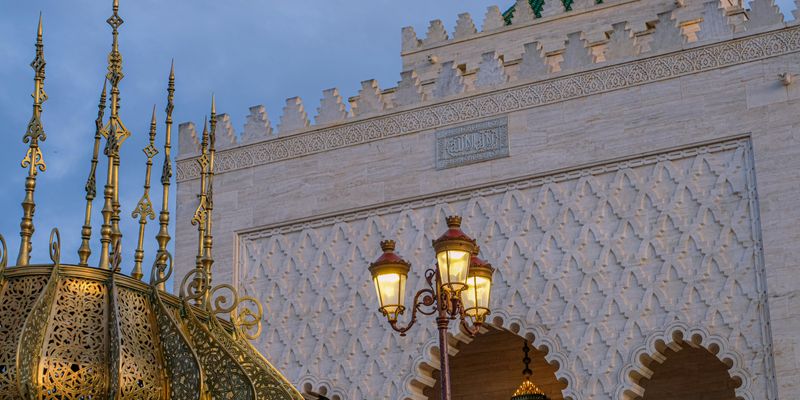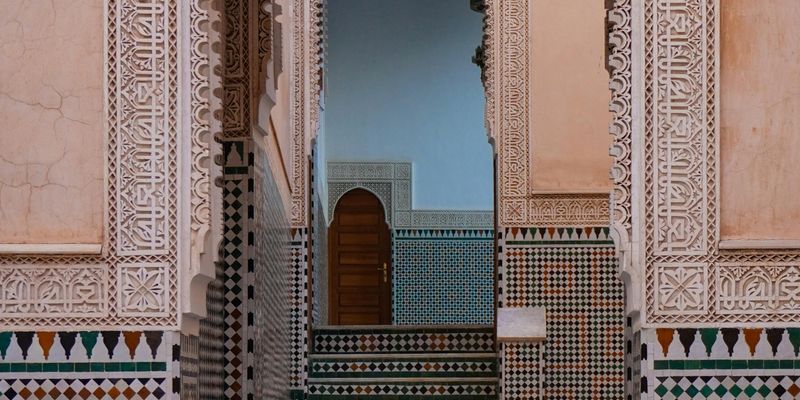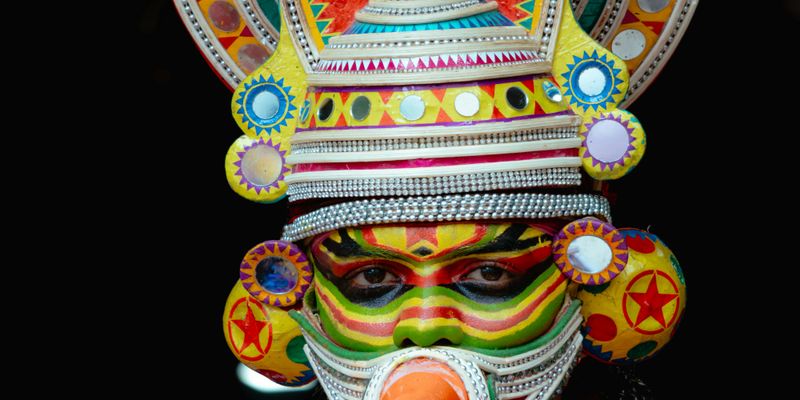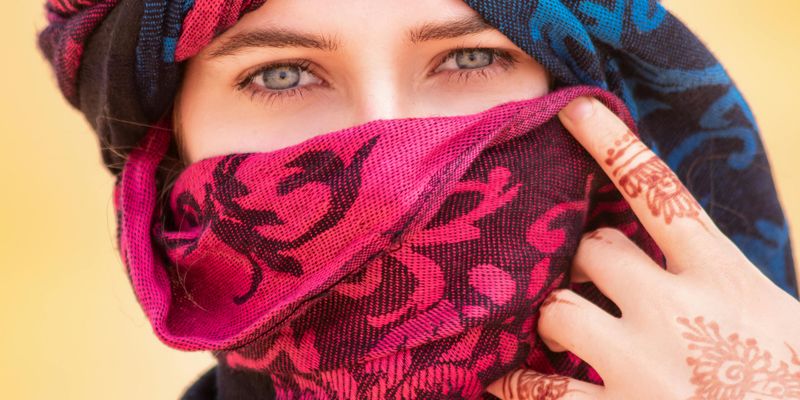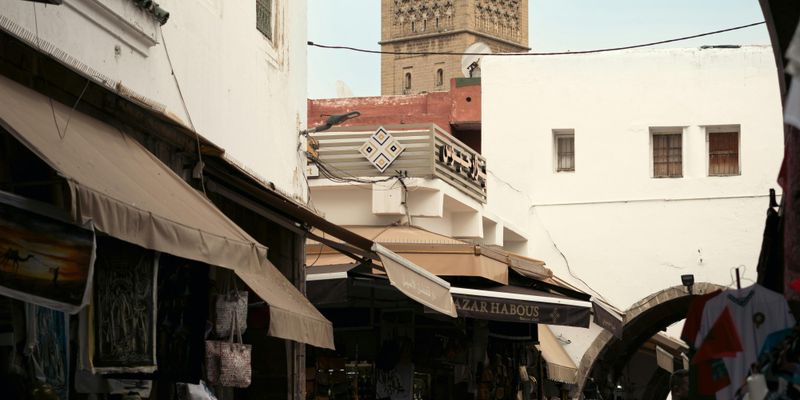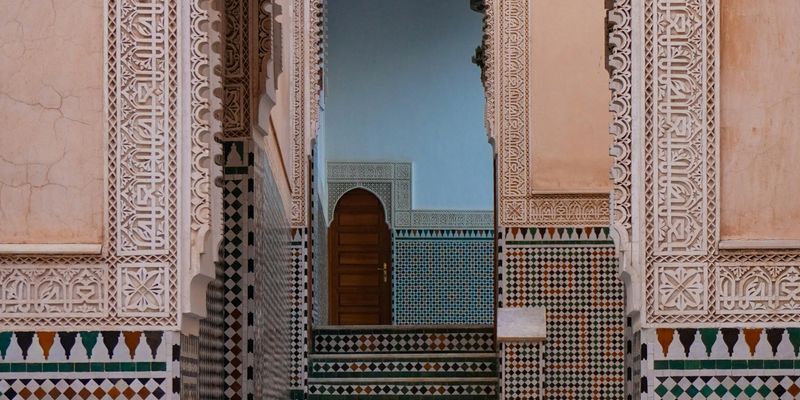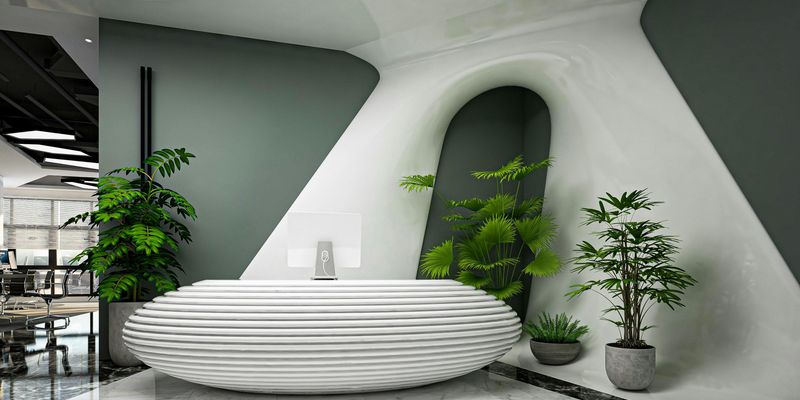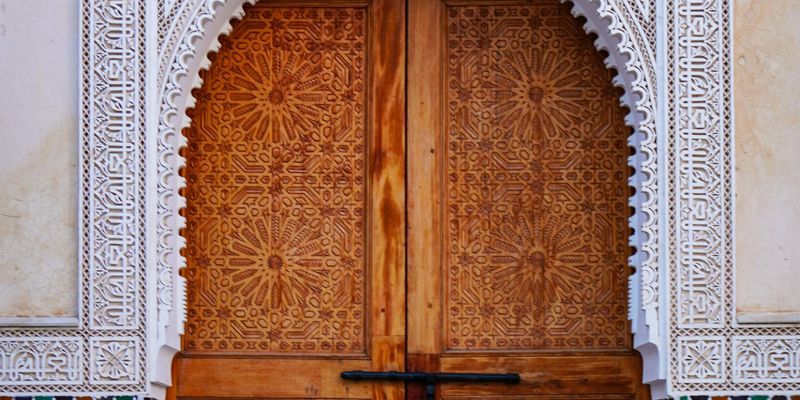
Introduction to Moroccan Craftsmanship
When you hear the word "craftsmanship," what comes to mind? Perhaps a beautifully crafted piece of furniture, a delicate piece of jewelry, or stunning hand-painted tiles? In Morocco, craftsmanship is not just a skill; it’s a way of life—a vibrant expression of our culture and heritage, passed down through generations.
The Art of Tadelakt: A Luxurious Tradition
One of the most exquisite examples of Moroccan craftsmanship is tadelakt, a traditional plastering technique that dates back to the ancient times of the Moroccan riads (traditional houses). Made from lime, tadelakt is polished to perfection and often colored with natural pigments, resulting in a luxurious finish that has become synonymous with Moroccan interior design. My own home features a tadelakt-covered bathroom, and it feels like stepping into a spa each time I enter. This unique material is not only beautiful but also has a practical purpose; it’s waterproof, making it ideal for use in wet areas.
Fascinating Fez Ceramics
Moving on to the enchanting city of Fez, I can’t help but marvel at the exquisite ceramics crafted by local artisans. The vibrant colors and intricate patterns are a testament to the skill and dedication of the craftsperson. You can find beautifully glazed pottery—everything from colorful tiles to ornate tagines (traditional cooking pots)—that are not just kitchenware but also stunning decorative pieces. Each piece tells a story, often reflecting the history and culture of the region. As a local, I love gifting these items to friends who visit; they instantly fall in love with the craftsmanship and the personal touch behind each creation.
The Soul of Moroccan Textiles
No exploration of Moroccan craftsmanship is complete without mentioning our textiles. The art of weaving Berber rugs is an ancient tradition practiced by tribes across the Atlas Mountains. Each rug is unique, often reflecting the personal narrative of the weaver—symbols, colors, and patterns hold deep significance. When my family travels to the mountains, we love visiting local weavers in their homes, where we learn about the materials and labor-intensive process that goes into each piece. It’s fascinating to know that buying a rug is more than a purchase; it supports the artisans and preserves a way of life.
Supporting Local Craftsmanship
As the world becomes more globalized, it’s essential to keep our artisanal traditions alive. There is a growing movement towards responsible tourism and ethical purchasing that directly supports local artisans. When visiting markets like the bustling souks of Marrakech, opt for handmade goods over mass-produced items. This not only provides you with a unique memento of your travels but also helps sustain the livelihoods of talented craftspeople.
Conclusion: A Cultural Treasure to Explore
Moroccan craftsmanship is a heartfelt representation of our culture, history, and identity. From tiled mosaics to beautifully woven textiles, every piece embodies a story worth telling. As you explore Morocco, take the time to appreciate these treasures—not just as products but as living pieces of art that connect us to our roots. I invite you to discover this beautiful facet of my country; it’s a journey that will surely enrich your experience and deepen your appreciation for the richness of human creativity.
